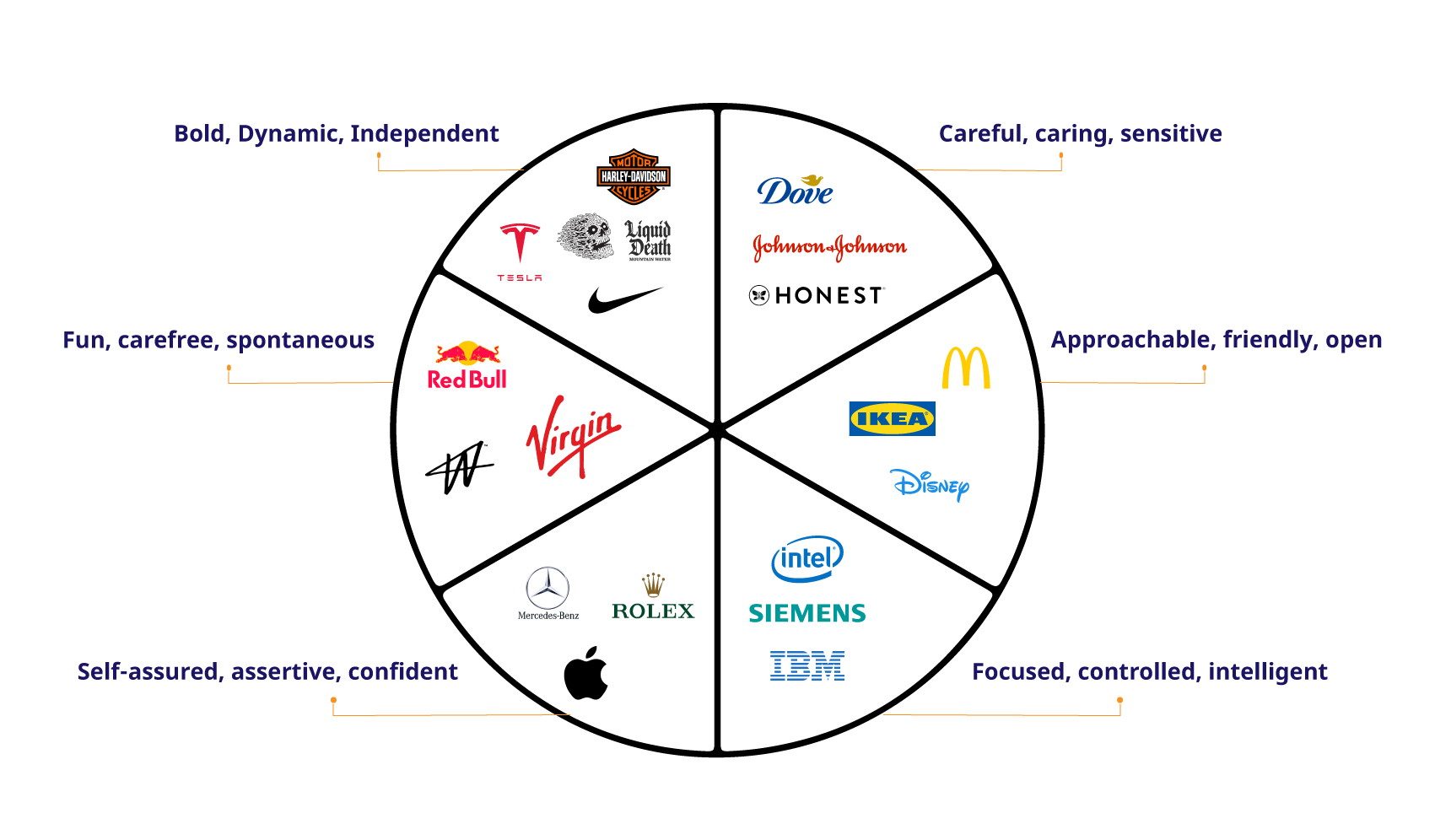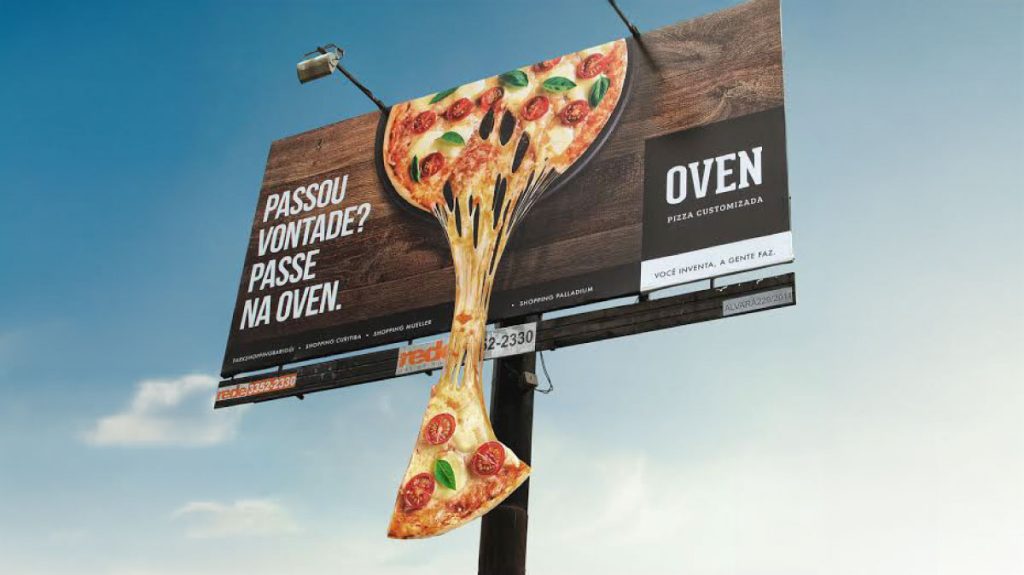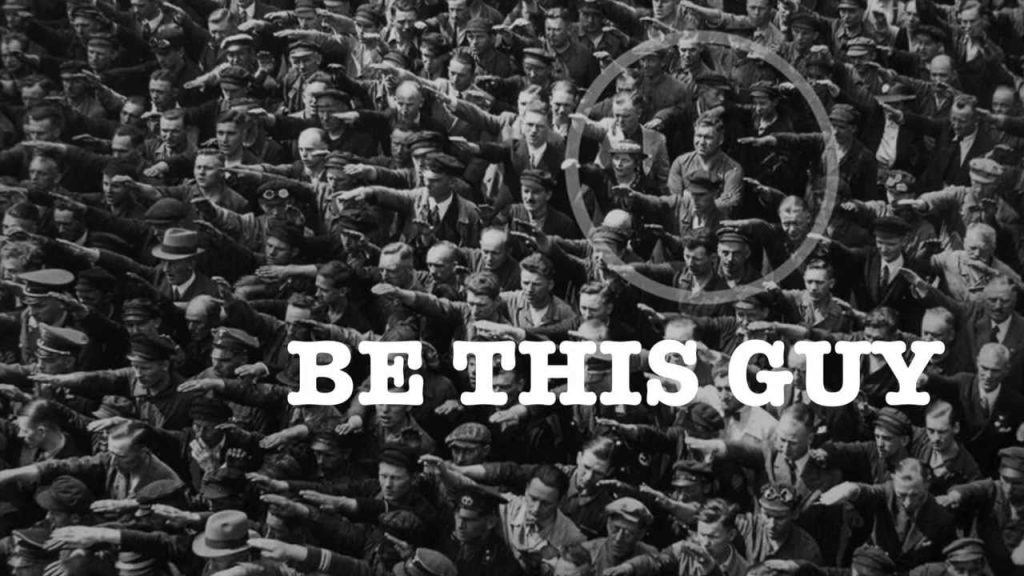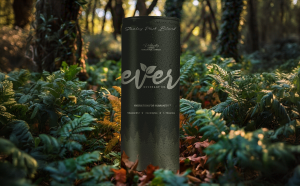
We love a good analogy, especially ones about marketing or branding. We have used many analogies and metaphors about branding in the past – branding is like gravity, branding is like making deposits in a bank, and now branding is like filling buckets with water.
Imagine 5 buckets, all filled to varying degrees.

The first bucket is familiarity, which makes sense. Before someone becomes a customer they must first see and know your brand. So every time someone sees your logo, hears your name, or encounters your product, a drop of water goes into the familiarity bucket. Over time, this bucket starts to fill, and as it does, the water begins to spill over into the next bucket: trust.
Depending on the purchase (i.e. price, alternatives, risk, etc.) a consumer will require different levels of familiarity and trust. A low-stakes purchase like a clove of garlic may not require any familiarity and trust whereas a high-stakes purchase like a car may require a lot of familiarity and trust. Would you buy a car from a brand you’ve never heard of? Neither would we.
Repeated positive experiences = high trust
Through consistent, positive experiences and authentic interactions, the trust bucket gets filled up.
If we have a lot of trust toward a brand, in some cases they can do no wrong, we have high tolerance to overlook some shortcomings or a bad experience or two. How many times have you had a subpar meal at one of your favourite restaurants? It happens. Or the Dyson vacuum that you love suddenly breaks. We allow for some level of negative experience, but are willing to give them another chance.
Repeated negative experiences = low trust
Imagine owning a car from a brand you once trusted, but then upon ownership of it constantly breaking down or being insufficient in some way, you are bound to lose trust. This happens all the time with product and service-companies we deal with (airlines and banking institutions are prone to lose customers, typically through some policy, customer service showing a lack of empathy and helpfulness, greed, runaround, etc.).
After many bad experiences, we lose trust and move them over into another category – brands we no longer buy from. We leave negative reviews. We tell our friends. We take to social media. I’ve had this experience with several brands, perhaps you have as well.
Really what we’re talking about is value. When customers perceive that your brand consistently delivers value—whether it’s through superior products, excellent customer service, or unique brand experiences—this bucket fills up, leading to a sense of appreciation and respect for your brand.
Next, there’s the engagement bucket. This bucket fills as customers begin to interact more deeply with your brand, whether through social media, participation in events, community, or even advocacy on your behalf. We often say, people don’t buy products, they join tribes.
When all these buckets are sufficiently filled, the overflow leads to the ultimate bucket: loyalty. A loyal customer feels confident in choosing your brand over others, recommending it to friends and family, and remaining engaged over the long term.
So, each branding effort is like a drop of water, contributing to filling these buckets, which collectively lead to a robust, loyal customer base.

Types of Customer Touchpoints
What is a customer touchpoint? You may have heard this and inferred what it means. A customer touchpoint is any interaction or point of contact between a business and its customers or potential customers throughout their journey with the brand. These interactions can occur before, during, or after a purchase and can happen in various physical or digital environments. Understanding and optimizing touchpoints are crucial for creating a seamless and positive customer experience, fostering loyalty, and driving sales.
The Role of Branding
As discussed in many of our other posts on branding, it is important for several reasons:
Emotional Connection: Strong brands create an emotional connection with their audience. This connection can lead to brand loyalty and preference, even if consumers aren’t consciously aware of the brand’s story or values.
Differentiation: Branding helps distinguish products in a crowded market. Even if consumers don’t know the full story, they might recognize and prefer a brand because it stands out.
Trust and Reliability: Over time, a strong brand can signify quality and reliability. Consumers might choose a familiar brand over an unknown one because they trust it, even if they don’t know the backstory.
Perceived Value: A well-branded product can often command a higher price due to perceived value. This perception can stem from brand reputation, aesthetics, or marketing efforts that convey a premium image.
If you follow us on social or read our blog, you may have noticed that we talk A LOT about the branding, the importance of branding, how branding is like gravity, how you either have a commodity or a brand…
We also talk a lot about storytelling marketing – in fact we have an entire page dedicated to it as it’s one of our core services. We go on at length about why brands need to tell stories (so that consumers can align their values to the brands they support), and dispelling the myths about storytelling marketing.
We talk about how consumers don’t buy products, they join tribes.
Continue reading:
If You’re Not Disrupting, You’re Standing Still
The Gap Between Belief and Action
Why Consumers Don’t Always Engage with Brand Stories:
Routine Purchases: For everyday items like cereal, toothpaste, or butter, the purchase decision is often based on habit, convenience, or price rather than brand story. These products fulfill basic needs, and the decision-making process is quick and pragmatic.
Limited Time and Attention: Consumers are bombarded with information and advertisements. They may not have the time or interest to delve into the stories behind every product they purchase.
Functional Needs: Sometimes, the functional aspect of a product outweighs its brand story. If a product works well, consumers might stick with it without needing to know the brand’s values.
Subconscious Influence: Branding can work on a subconscious level. Even if consumers aren’t explicitly aware of a brand’s story, consistent branding can influence their perceptions and choices subtly.
Balancing Branding and Practicality
How Branding Still Matters:
First Impressions: Branding plays a crucial role in attracting initial attention. A compelling story, attractive packaging, or strong social media presence can make a difference when consumers are trying something new.
Loyalty and Advocacy: Once a consumer has a positive experience with a brand, they might become more interested in its story and values. This can turn them into loyal customers and even brand advocates.
Niche Markets: In certain markets, brand stories and values can be more critical. For example, consumers who are passionate about sustainability might seek out brands that align with their values and become deeply engaged with those brands’ stories.
Cultural Impact: Strong brands often transcend their products and become part of popular culture. These brands can influence trends, behaviors, and even societal values, further embedding themselves in consumers’ lives.
Conclusion
Branding is both important and not important depending on the context and the consumer. While everyday purchases might not involve deep engagement with a brand’s story, branding still plays a vital role in shaping perceptions, creating differentiation, and building long-term loyalty. The key is to recognize when and how branding efforts will resonate most with your audience and to ensure your brand story is compelling and authentic for those moments when consumers do choose to engage more deeply.
- Related post: The T-Shirt Theory of Branding
- Related post: The Power of Branding: John’s Family Premium Organic Garlic
- Related post: Why You Don’t Want to Run a Business that Relies Solely on Ads


Continue reading: What’s the ROI of a Billboard












